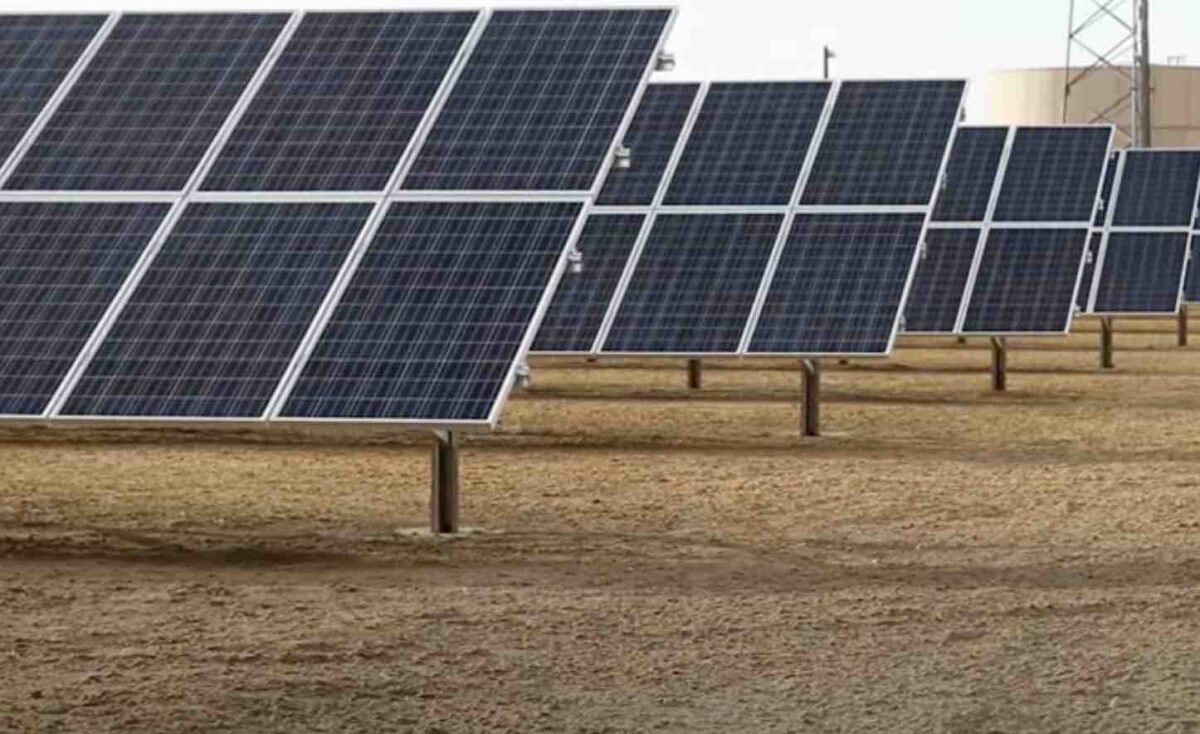The head of one of Australia’s biggest distributed electricity networks says the switch to wind and solar and away from coal is being unnecessarily slowed down because local networks like his are being bypassed.
John Cleland, the head of Essential Energy, which covers 95 per cent of the land area of New South Wales, says connecting new wind and solar farms into existing distribution networks will be “several times” less expensive than connecting into the transmission network.
Yet Essential, and other distributed grid operators, are effectively excluded from the auctions for new generation being held by the NSW state government and its authorities because the focus is on new renewable energy zones and existing or new transmission lines.
Cleland’s comments, made in a special RenewEconomy podcast series, are particularly relevant given the new mantra that there can be “no transition without transmission”, and in light of delays that are causing the closure dates of huge coal generators like Eraring in NSW to be questioned.
Cleland says Essential Energy could host at least another 2.5GW of additional capacity that could be built out relatively quickly, and with little or no augmentation to the network.
“There is a real opportunity to better exploit capacity within distribution networks, which has the potential to deliver additional capacity much, much quicker than that which will be linked to new transmission build, and also at a lower connection cost,” Cleland says.
That assessment is based on new data provided by Neara, a software company that is providing three dimensional models of networks, and revealing previously unseen capacity. According to Jack Curtis, the total unused capacity on distributed networks across the country’s main grid runs to more than 10GW.
That, he says, can provide a lot of opportunities in the short term as the country races to fill in the gap created by the exit of creaking coal fire power stations, and allow time for transmission lines to be built.
“You can get a lot of capacity in very short order,” Curtis says. But he notes that this is only a recent discovery, but there is evidence that big utilities and government authorities are starting to appreciate the opportunities.
The big question is if the governments are seeing those opportunities quick enough. In NSW, there is now a huge debate and uncertainty about the closure date of the 2.88GW Eraring coal fired power station, the biggest in the country.
It is slated for closure in August, 2025, but there questions whether enough capacity will be built in time to replace it and meet reliability standards. Over the longer term, the closure plans of other power stations are being tested by the ability to build up to 10,000kms of new transmission lines.
Cleland says it will be useful if distributed networks can also be allowed to host new wind and solar and storage projects in the same way as new and existing transmission lines and renewable energy zones. In NSW, new auctions effectively exclude connections to distributed networks.
“I’m not for a moment implying the transmission infrastructure is not required, or won’t be built,” Cleland says.
“It’s clearly, clearly absolutely required, but the timeframe across which it will be built, is likely to be significant, particularly given some of the land acquisition and community issues that are increasingly coming to the fore at the moment, are increasingly coming to the fore.”
To listen to the full interview with Cleland by myself and Norton Rose’s Claire Forster, please click here: RenewEconomy Podcast: Locking in the Green Energy Transition










